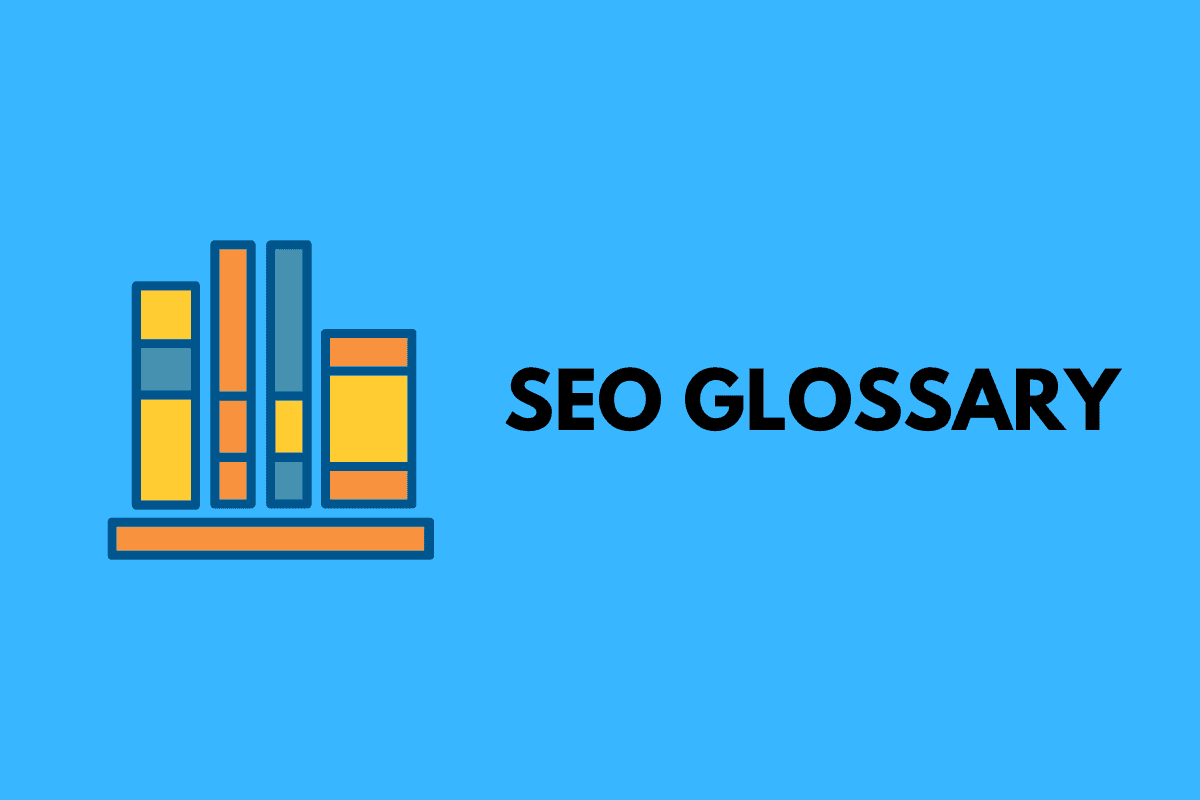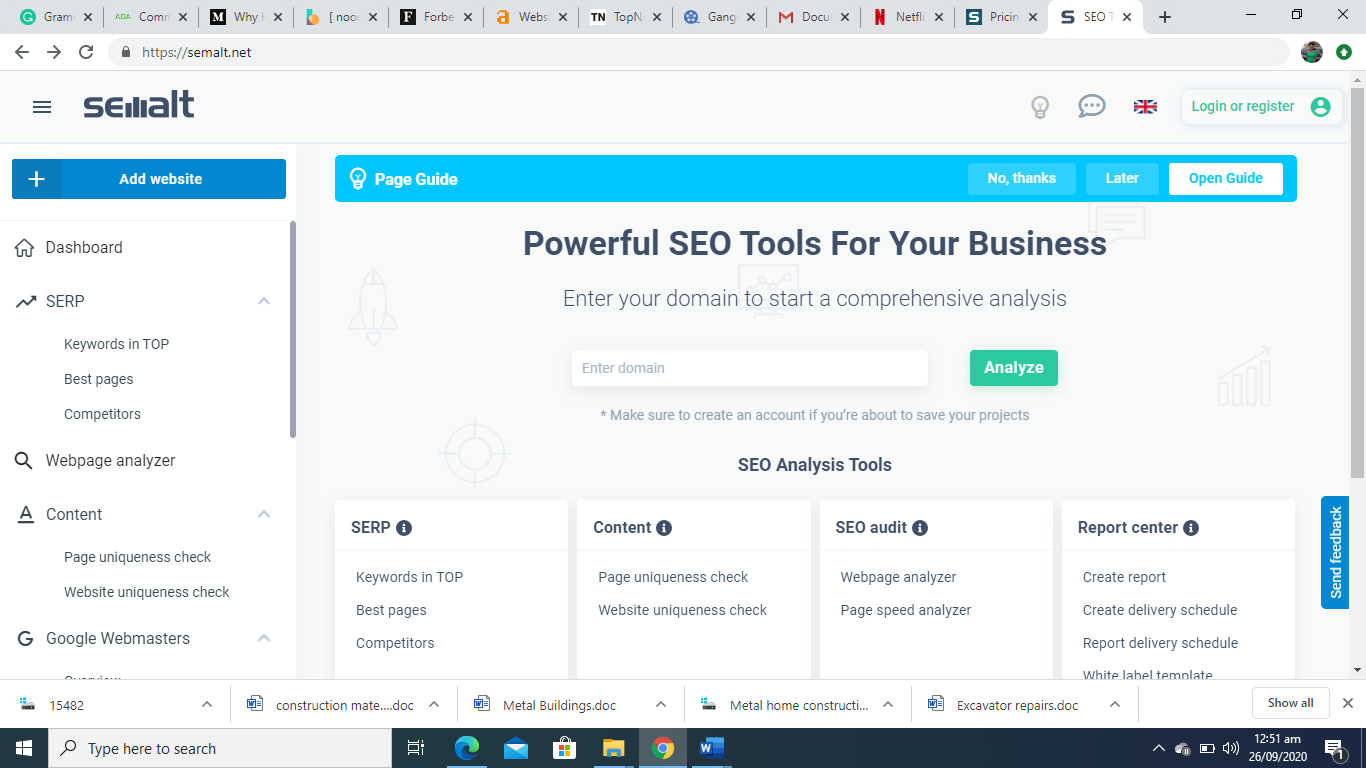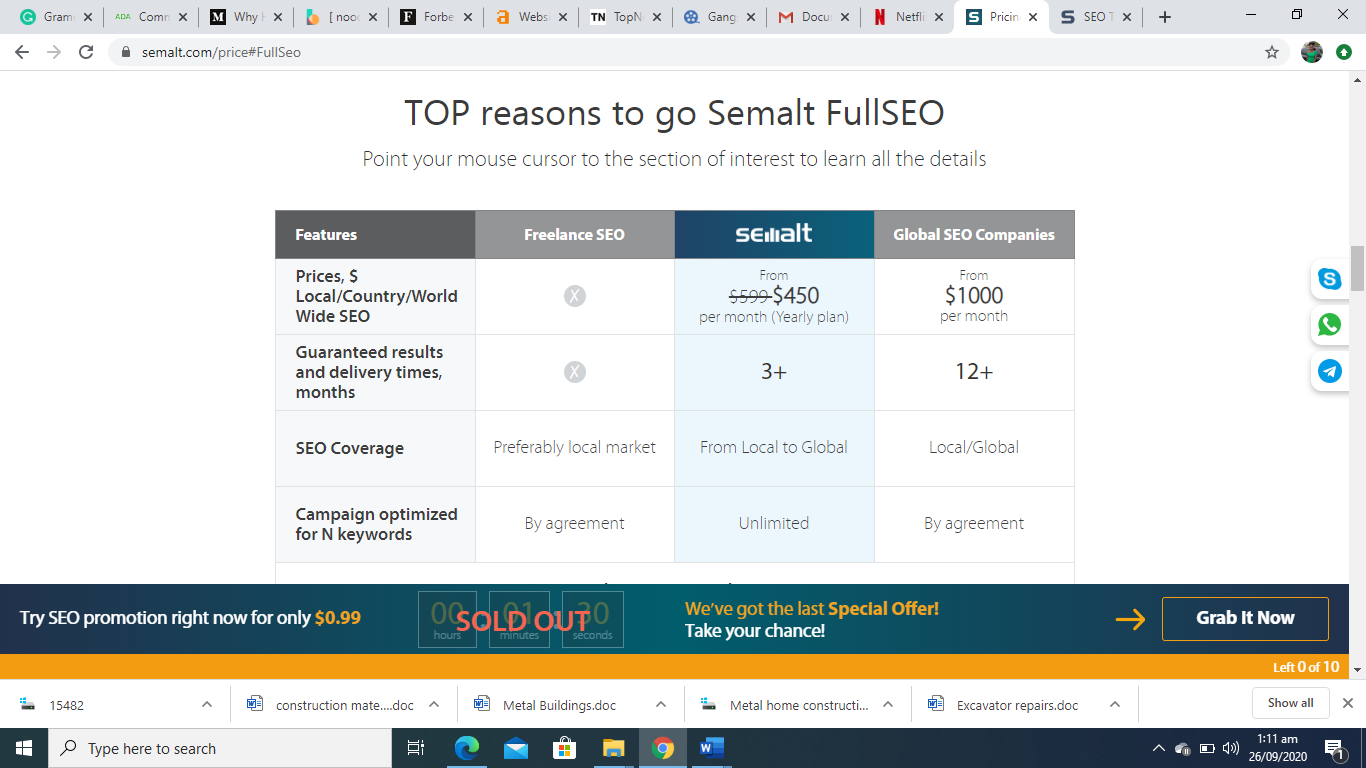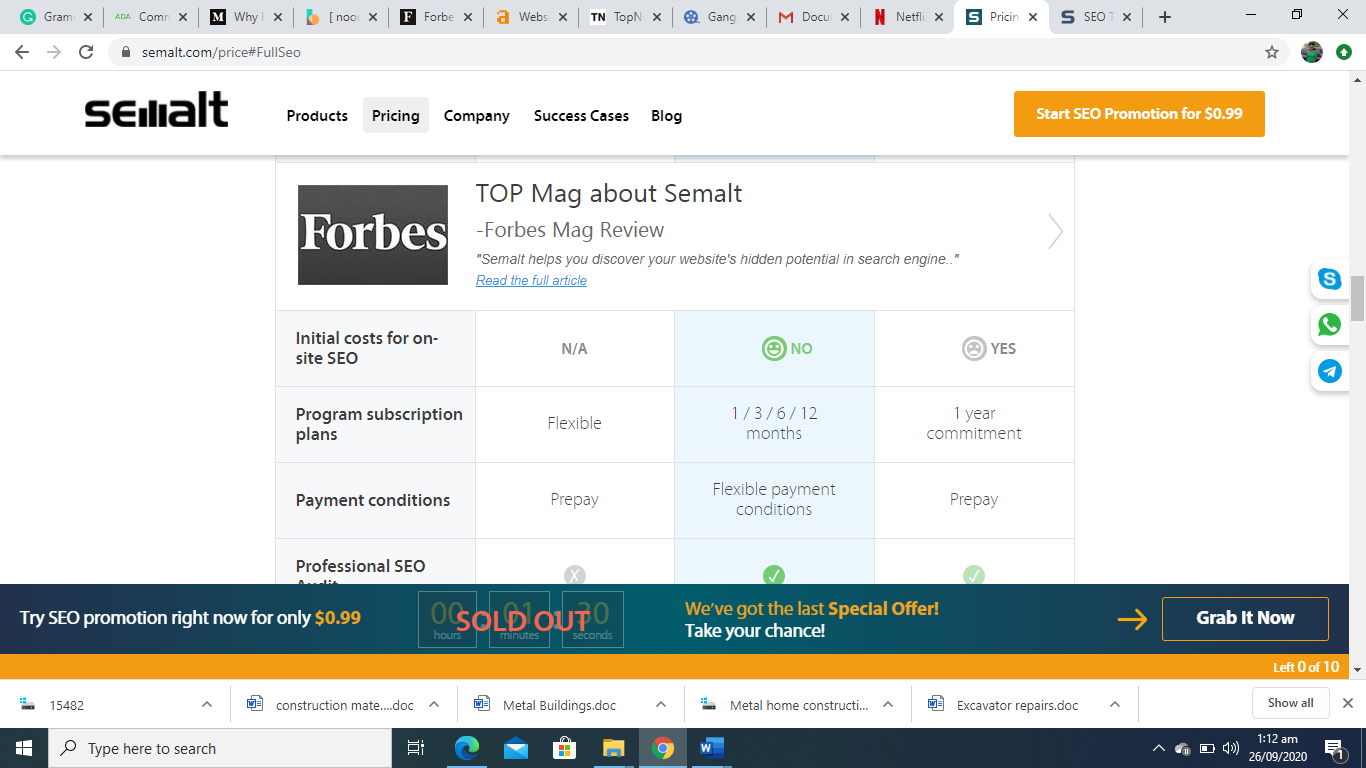Semalt SEO Glossary

Table of Content
- Introduction
- What is SEO?
- A-Z of SEO Terms
- Conclusion
1. Introduction
SEO short for Search Engine Optimization entails so much. You might want to optimize your website, but don't know how to handle the complication of the many SEO jargon terms. Admittedly, SEO terms can be a lot to handle, especially if you are a novice.
As friendly as SEO is to web pages, it could prove to be difficult if the website manager does not understand its terminologies. Every field has its vocabulary that makes the practitioner a specialist in the field. The same goes for search engine optimization. Unless you master the terms, it might be challenging to maximize its use. This is why we have made it easier for our readers by gathering together all the essential terms you need to know. Below is a comprehensive guide below as your A-Z SEO terms manual.
2. What is SEO?
SEO is a process of making sure your website's content, and overview conforms to the requirements of search engines enough to be visible for organic traffic. Through SEO, people can find your website on Google and other search engines, allowing you to provide the information people are searching for online.
The search result of your website could be in the form of relevant words, phrases, clauses and tags. SEO gives an idea of what you want Google wants as well as what people searching for your terms want. But without understanding the workings of SEO as well as its jargon terms your site won't generate the results you want. This is why you should know the specialized terms used in SEO and for SEO.
3. Semalt's A-Z of SEO
The A-Z of Search Engine Optimization (SEO) are the terms that make up the SEO, and we have categorized them in alphabetical order below for ease of comprehension.

A
- Alt text or Tag
This is the first Tag used in SEO. It's the written copy and text that usually appears in place of an image should incase the actual image doesn't appear on the viewers' screen.
Its benefits include providing good aid for visually impaired readers, easy opportunities for improvement of User experience and accessibility.
It also allows search engines to rank and drive traffic to websites easily.
- Anchor Text
This is the visible and clickable text that hyperlinks display when linking to another document or location on the web. The anchor text usually appears as a visible blue color and as an underlined text.
It makes the use of SEO easier by helping a user move from one destination to another on the internet. The words in the anchor text also help to determine the ranking that a web page will receive by the search engines.
B
- Blog
A blog in SEO provides relevant information and answers for customers and clients on a website. Having a blog on your website helps make a huge and overall difference in your websites performance and interaction with customers.
Blogs are also useful because of the traffic and huge ranking factor it brings to your website through the use of images, keywords, relevant topics and good content.
- Bookmarks
The use of bookmarks in SEO help users to organize, collect and discover their favorite webpages, images, videos, articles as well as blog posts.
The bookmark functions include increasing a sites domain, traffic, authority and majorly improves a site's ranking on search engine result pages.
C
- Conversion Form
A conversion form is a systematic and organized process of increasing the desired percentage of website visitors who will take part in a particular action; this action could appear as filling out of a form, taking the step of becoming clients or being informed.
A conversion form includes the use of quality images, eye-catching keywords, precise call to action, relevant information and easy accessibility.
D
- Domain
Domain names are readable, understandable and unique names used for identification of IP addresses in web pages.
A website owner adoption of Domain in SEO increases the number of results a website owner gets through targeted keywords users input as well as higher rankings on search engines.
The impact of a good domain name in SEO can also help a website owner target their audience and accelerate their search engine placement.
- Directory
A directory involves an online list or catalog of websites. It's expected to be direct and precise with the information needed by clients which they can read make use of and enjoy. It helps to improve link building and optimization of webpages.
A directory should include content about the type of site being checked by a user. It is also slightly different from a search engine because it entails information based on an algorithm or data while a search engine entails information based on actual human beings.
H
- Headings
Headings are tags in SEO that are used in identifying other headings and sub-headings within a user's content apart from other texts.
The use of headings helps users read and understand their contents better; it plays a huge role in SEO as it serves as the title for the content of a page as well as the largest text on a particular page.
It should also be noted that a heading on a webpage also organizes, provides structure, context and makes an article interesting for a user.
- HTML
An HTML is an abbreviation for Hypertext Markup Language. It describes the structure of a webpage and allows the website user to create sections, paragraphs, links for the webpage and applications.
HTML consists of a series of shortcodes imputed into a text file by a website author that allows a user to tell the web browser what each part of the website is and does. What's more, HTML is easy to use and is also platform-independent.I
- Inbound Link
An inbound link is a link that directs a user from a different website to a page on a user's website. It is usually an indicator that a site has high-quality content.
The inbound link comprises of two major parts; that is the link to the page on your site which is just the URL of your page and the anchor text which is the text highlighted in the link that directs people to a user's site.
- Internal Link
Internal links are links that navigate from one page on a domain to another page on the same domain. They connect pages, improve SEO and increase organic traffic.
Internal links are majorly used in main navigation and function as relevant and follow links as well as information providers.
- Indexed Pages
Indexing is the process of adding web pages into Google search. Indexed pages are therefore the pages of a site that a search engine has visited, analyzed and added to its database of web pages.
Its benefits include quick fetching of data, as well as sorting.
J
- JavaScript
The use of a JavaScript in SEO is to enable easy access to heavy websites and to make them search-friendly for users.
The benefits also include quick and easy accessibility to users with outdated browsers. It assists users to keep their metadata and internal linking consistent and load data fast.
K
- Keywords
Keywords in SEO help users to find a website through their search engines. Keywords are used to drive information on a website to increase relevant search traffic. Users use keywords to find something related to a brand they need.
L
- Link Building
Link building is the method a website user adopts by using other websites to link back to their website. Link building makes searching easier for users and also help rank webpages higher and increases their credibility.
- Long-tail Keyword
Long-tail keywords are phrases similar to plain keyword in SEO that are used to search. They are however more specific, and are usually longer and are more commonly searched for. They also get less traffic than plain keywords but are advantageous in their ability to connect better with customers.
M
- Metadata
Metadata is a solution that appears on a website when certain queries come up. It provides search engines with the important and needed information about the content and purpose of each page on your website. It also helps the search engines determine whether your website is relevant enough to display in search results.
- Meta Keywords
Meta keywords are elements visible to search engines that help understand additional information a website user wants to add to a webpage.
They create more traffic and rankings for a website user and provide more information on what a page is about.
N
- No Follow Link
No follow links are links in SEO that help a search engine not to count a link. It also guides webmasters to know that they should not follow untrusted content and prevents unwarranted visits to a web page. Their benefits include their potential for additional traffic to a website.
P
- Page Title
A page title in SEO is also known as the title tag; it is a short description of a webpage and usually appears at the top of a browser window. It usually includes a keyword or phrase in the title tag.
The page title increases the traffic of a website, the ranking through searches and the number of clicks it gets through rates.
- Page Rank
Page rank is a method of measuring the importance of web pages; counting the number and quality of links to a page to determine a rough estimate of how important the website is.
It is mostly used as an algorithm by Google to rank web pages. It's also used to rank the importance of website pages.
- Pay Per Click
Pay per click is also known as PPC is a paid internet advertising measure. It works when advertisers pay each time a user clicks on one of the websites owner's online ads and provides information for them without them having to click on the website link.
The ads usually reach the targeted audience, and the owners decide how and when they want the ads to reach the audience.
R
- Ranking Factor
This is a criterion applied by search engines while they are evaluating web pages to compile and compute the rankings of the search results gotten.
It helps web owners' sites appear as the first thing internet users come across when they search for things about the web owner's brand.
- RSS FEED
It stands for Really Simple Syndication, RSS is a website feed that enables users and applications to access updates to websites in a standardized, computer-readable format.
RSS helps to generate an increase in traffic as a result of the site providing information for internet users.
S
- Search Engine Results Pages (SERP)
These are pages displayed by search engines in response to a query typed in by a user. The results found in SERP are dependent on the queries inputted.
The results provided for the users help to promote faster traffic for the websites and increases ranking for the website owners.
- Site Marks
Site marks are blueprints of a website that help search engine users find a website's content. It also directs the importance of search engines for users.
Its function as a map was to direct users to the needed websites based on their searches. It also functions as an effective planning tool for both designers and non-designers.
- Social Media
Social media is the most common form of SEO that people use for both advertising and for gathering of information. The activities relayed on social media can boost the website owner's organic traffic through search engines. Its ability to easily share content and link people to information and a website.
T
- Traffic
Traffic measures and the number of visits to your website that are the result of either an organic or a paid search traffic; the traffic also aides easy ranking of a website and tracking go number of visits a website gets daily.
- Traffic Rank
This improves the follow up/ ranking of traffic searches. Site owners can improve traffic rank through several strategies; these include, blogging regularly, optimizing for readers, using internal links, among other things.
U
- URL
A URL is a specific website address which internet users use to access the location of a webpage on the internet. A URL is usually short and precise for easy access to internet users.
- User Experience (UX)
This is one ranking factor used by search engines to rank websites. It defines whether or not your website (or service/product) is easy and exciting to use.
- User Interface
This relates to all the displayed elements of your website that your visitors can engage.
W
- Webpages
These are HTML documents that can be linked to the internet and are readable by web browsers.
- Website
This is a compilation of webpages and other content that belong to the same domain name.
- Web Crawlers
You might know them as spiders or bots. They are simply algorithms that search engines use in analyzing the code or content of websites so that they can use the information gathered to index and rank them.
- White Hat SEO
These are honest SEO techniques that are human-focused rather than search engine focused. They are always following search engine guidelines.


Conclusion
SEO continues to be relevant in 2020, as such, website and business owners need to become SEO-informed to utilize it effectively. For most people, SEO is difficult. To some extent, that's agreeable. However, it's not impossible to learn. To become an expert in SEO, you have to be consistent in your practice. By learning the basics, such as the one provided in this guide, you'd become a pro in no time.